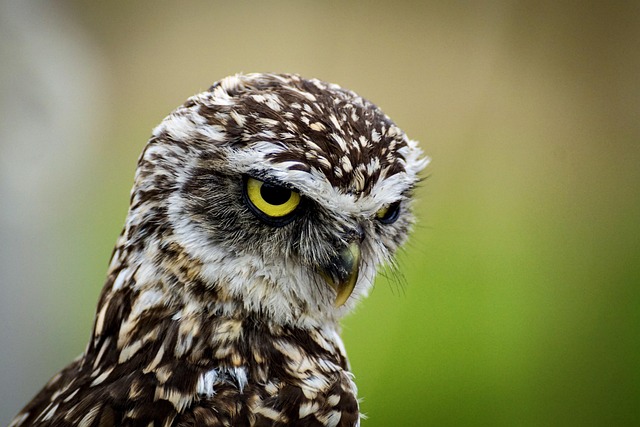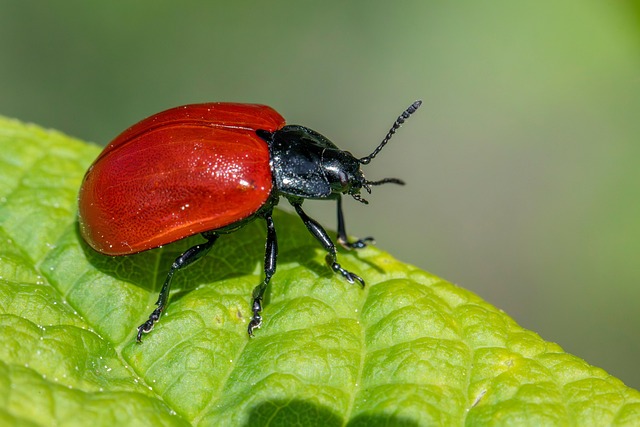Beavers cause significant property damage, especially to golden walls near water, by chewing wood and making scratching sounds. To prevent this, homeowners should inspect and reinforce their walls, conduct regular maintenance, and promptly address signs of beaver activity like scratching sounds. Professional wildlife removal services use methods like trapping and habitat modification to humanely resolve the issue. A proactive approach involving inspections, sealing gaps, electric fencing, trimming trees, and removing food sources is key to preventing future beaver damage. Prompt action on scratching sounds in golden walls leads to effective wildlife removal.
Beaver damage can wreak havoc on homes, especially with their distinctive scratching sounds echoing through golden walls. This comprehensive guide explores effective wildlife control methods tailored for beaver encounters. We delve into understanding these creatures’ behavior and the science behind those annoying scratches. Furthermore, discover practical strategies to prevent future damage, ensuring a peaceful coexistence with our furry neighbors. Learn the secrets to successful wildlife removal techniques and reclaim your space from these relentless chewers.
- Understanding Beaver Behavior and Scratching Sounds
- Effective Wildlife Removal Techniques for Golden Walls
- Damage Prevention Strategies to Avoid Reoccurence
Understanding Beaver Behavior and Scratching Sounds

Beavers are fascinating creatures but can cause significant damage to properties, especially when they take a liking to golden walls. Understanding their behavior is key to prevention and effective wildlife control. These semi-aquatic rodents are known for their constant quest for food and building materials, which often leads them to chew through bark, trees, and even structures. They particularly enjoy gnawing on wooden surfaces near water sources, making walls near rivers or ponds vulnerable.
One telltale sign of beaver activity is the distinct scratching sounds coming from the walls. These noises indicate that beavers are testing the integrity of the wood by rubbing their teeth against it. To prevent damage and capture these intruders, homeowners should address any weak spots in the walls promptly. Regular inspections and maintaining the structural integrity of wooden areas near water bodies can significantly deter beavers from causing havoc.
Effective Wildlife Removal Techniques for Golden Walls

When it comes to addressing wildlife damage, particularly from beavers, one of the most effective strategies is implementing robust wildlife removal techniques. For homeowners dealing with scratching sounds and signs of beaver activity in their golden walls, taking prompt action is crucial. The first step involves inspecting the affected areas to identify the extent of the damage and potential entry points. Beavers are known for gnawing on wooden structures, so looking out for chewed or damaged walls is essential.
Professional wildlife removal services often employ a range of methods such as trapping, deterrents, and habitat modification. Traps specifically designed for beavers can humanely capture these creatures while ensuring their safety. Additionally, using repellents that target beaver scent can deter them from returning. Modifying the surrounding environment by removing potential food sources or creating physical barriers can also effectively prevent future damage.
Damage Prevention Strategies to Avoid Reoccurence

To prevent beaver damage and avoid reoccurrence, several strategies can be implemented. One crucial approach is to inspect and fortify your property, especially along water bodies where beavers are known to inhabit. Sealing any visible gaps or holes in fences, walls, or structures with sturdy materials like steel or concrete can deter beavers from gaining access. Additionally, installing electric fencing around vulnerable areas can provide a safe but effective deterrent without causing harm to the animals.
Regular maintenance and monitoring are essential. Keeping trees and shrubs trimmed back from your home and removing potential food sources like overripe fruits or nuts will reduce attraction. If scratching sounds in golden walls or other signs of beaver activity are detected, prompt action is vital. Contacting professionals for wildlife removal ensures the job is done humanely and effectively, preventing future infestations.
Beaver damage can be a persistent issue, but with the right strategies, you can effectively manage and prevent it. Understanding beaver behavior, particularly their tendency to scratch against golden walls, is key to successful wildlife control. Implementing damage prevention techniques such as barriers and deterrents can significantly reduce reoccurrence. By utilizing these proven methods, homeowners can protect their properties from beaver intrusion and maintain a peaceful coexistence with these fascinating creatures in their natural habitats.
